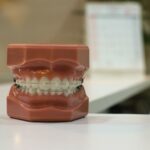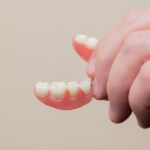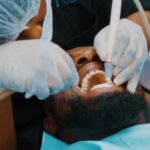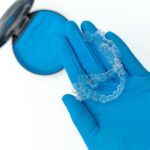Welcome to this comprehensive guide on various types of teeth alignment devices! If you’ve ever wondered about the options available for straightening your teeth and achieving that perfect smile, then you’ve come to the right place. In this article, we will delve into the world of orthodontics and explore the different types of teeth alignment devices that can help enhance your oral health and transform your smile. From traditional braces to clear aligners and everything in between, we’ll cover it all. So sit back, relax, and get ready to take a deep dive into the exciting realm of teeth alignment devices.

Various Types of Teeth Alignment Devices
When it comes to achieving a straight and beautiful smile, there are various types of teeth alignment devices to consider. From the traditional metal braces to the more discreet clear aligners, each option has its own advantages and limitations. In this article, we will explore the different types of teeth alignment devices and their suitability for specific dental conditions. So, whether you’re dealing with overcrowding, overbite, or other alignment issues, read on to find the best solution for your oral health needs!
Traditional Metal Braces: A Time-Tested Method
Let’s start with the most well-known and commonly used teeth alignment method – traditional metal braces. These braces consist of small metal brackets that are bonded to the teeth and connected with wires. The brackets apply gentle pressure to gradually move and align the teeth over time.
Traditional metal braces are highly effective in correcting a wide range of dental issues, including overcrowding and overbite. The robustness of these braces allows for precise control of tooth movement and jaw realignment, making them a popular choice for orthodontic treatment.
However, it’s important to note that traditional metal braces are quite noticeable and can affect a person’s appearance. Despite their aesthetic drawbacks, these braces have consistently delivered excellent results, and advancements in technology have made them more comfortable to wear and maintain than ever before.
Key Point: Traditional metal braces are the most common teeth alignment method due to their effectiveness in treating various dental issues, including overcrowding and overbite. While they may not be the most aesthetically pleasing option, their proven track record makes them a reliable choice.
Clear Aligners: A Discreet Alternative
For those who desire a more inconspicuous teeth alignment option, clear aligners such as Invisalign have gained significant popularity. These aligners are made from transparent, BPA-free plastic, making them virtually invisible when worn. Clear aligners are custom-made to fit snugly over your teeth and gently exert pressure to move them into their proper positions.
Clear aligners are particularly suitable for mild to moderate dental misalignments, such as crooked teeth or gaps. However, they may not be as effective as metal braces in treating more complex cases, especially those involving jaw realignment. It’s important to consult with an orthodontist to determine if clear aligners are the right choice for your specific dental needs.
One of the key advantages of clear aligners is their removability. Unlike traditional braces, clear aligners can be taken out during meals, allowing you to enjoy your favorite foods without restrictions. Additionally, their smooth plastic surface reduces the chance of irritation or soreness often associated with metal braces.
Key Point: Clear aligners, like Invisalign, offer a discreet alternative to traditional metal braces, making them an excellent choice for mild to moderate teeth misalignments. Their removability and comfort factor also make them appealing to many patients. However, they may not be suitable for complex cases requiring jaw realignment.
Other Teeth Alignment Devices: Exploring Further Options
Apart from traditional metal braces and clear aligners, there are other teeth alignment devices that may be suitable for specific dental conditions. Let’s take a closer look:
Colorful Braces: These braces work on the same principle as traditional metal braces but allow patients to add a colorful touch to their smile. With a wide range of colors to choose from, colorful braces can make the teeth straightening journey a bit more fun and personalized.
Concealed Braces: Also known as lingual braces, concealed braces are placed on the backside of the teeth, making them practically invisible from the front. They are a great option for individuals who want the benefits of traditional braces without the noticeable appearance.
Dental Veneers: While not a traditional teeth alignment method, dental veneers can be used to improve the appearance of crooked or misaligned teeth. Veneers are thin porcelain shells that are bonded to the front surface of the teeth, creating a straighter and more even smile.
Key Point: Colorful braces, concealed braces, and dental veneers are alternative teeth alignment devices that cater to specific preferences and needs. While not as common as traditional braces or clear aligners, these options provide additional choices for achieving a straight and beautiful smile.
Maintaining Results: The Role of Retainers
After the teeth alignment treatment is complete, it’s crucial to maintain the results achieved. This is where retainers come into play. Retainers are orthodontic devices designed to keep the teeth in their new positions and prevent them from shifting back to their initial alignment.
Retainers can be removable or fixed, depending on your orthodontist’s recommendation. Removable retainers are typically clear trays that you wear over your teeth, similar to clear aligners. On the other hand, fixed retainers are thin wires that are bonded to the back of the front teeth, providing a more permanent solution.
Key Point: Retainers play a crucial role in maintaining the results achieved through teeth alignment treatment. Whether removable or fixed, these devices help prevent the teeth from shifting back to their original positions, ensuring a long-lasting and beautiful smile.
In Summary
When it comes to teeth alignment, there is a wide range of options available, each with its own unique benefits. Traditional metal braces remain the go-to choice for effectively treating various dental issues, while clear aligners offer a more discreet alternative for mild to moderate misalignments. Colorful braces, concealed braces, and dental veneers provide additional options for those seeking personalized solutions.
Remember, before embarking on any teeth alignment treatment, it’s essential to consult with an experienced orthodontist who can assess your dental condition and recommend the most suitable device. By understanding the benefits and differences between various types of teeth alignment devices, you can make an informed decision and take the first step toward achieving a confident and radiant smile.
“Whatever your dental condition may be, there’s a teeth alignment device out there that can bring out the best in your smile.”
Types of braces are an essential topic to understand for anyone considering orthodontic treatment. Whether you’re looking to straighten crooked teeth or correct a misaligned bite, exploring the different types of braces is a crucial step in your journey towards a confident smile. From traditional metal braces to clear aligners, such as Invisalign, there are various options available to suit your specific needs and preferences. If you’re curious to learn more about the types of braces and which one might be the best fit for you, click here for a comprehensive guide: Types of braces. Start your journey to a straighter and healthier smile today!
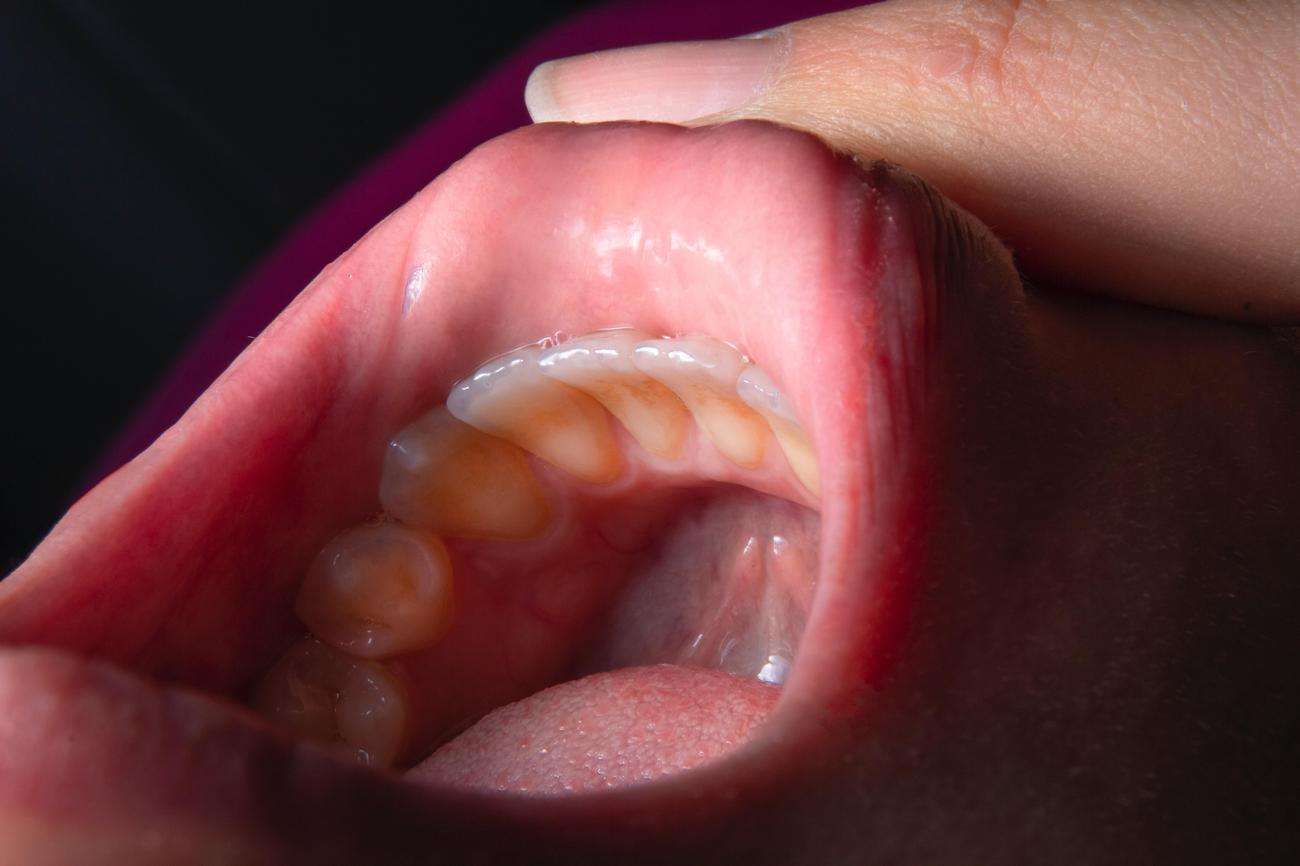
FAQ
Question 1
What are some types of teeth alignment methods?
Answer 1
Various types of teeth alignment methods include traditional metal braces, colorful braces, concealed braces, dental veneers, and Invisalign aligners.
Question 2
What are some types of teeth alignment issues that can be corrected?
Answer 2
Teeth alignment issues that can be corrected include overbite, overjet, and crossbite, which affect the positioning of the jaws from front to back or side-to-side.
Question 3
Which teeth alignment method is the most common?
Answer 3
Traditional metal braces are the most commonly used teeth alignment method.
Question 4
What issues can orthodontic braces correct?
Answer 4
Orthodontic braces are generally considered the best option for correcting overcrowding and overbite issues.
Question 5
Are Invisalign aligners suitable for correcting overbite issues?
Answer 5
Invisalign aligners are ideal for moving teeth but may not be particularly effective in correcting the position of the jaw in cases of overbite issues.
- Star Ring Trends: Etsy vs Amazon - March 28, 2025
- Boost Pollinator Habitats: Baby Blue Eyes Sustainable Farming Guide - March 28, 2025
- Protect Big Black Bears: Effective Conservation Strategies - March 28, 2025


